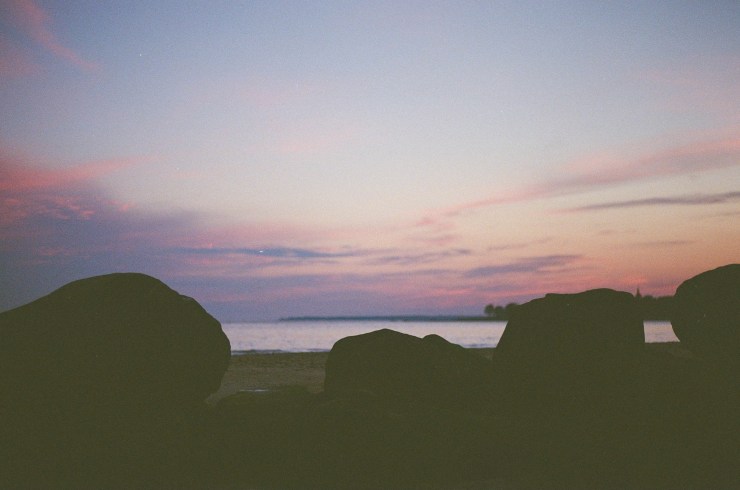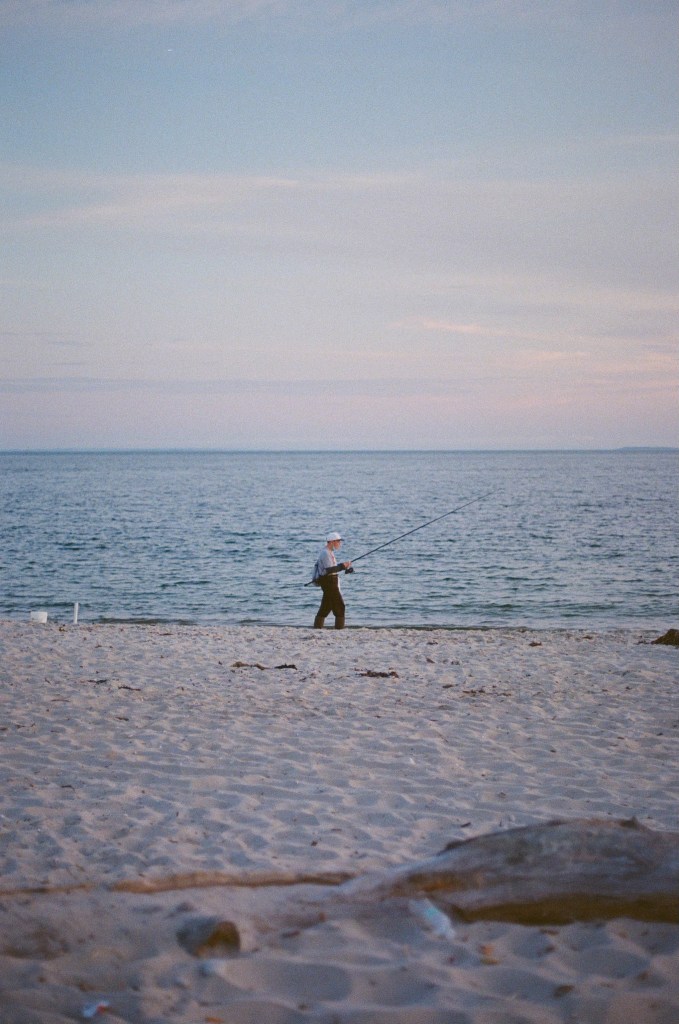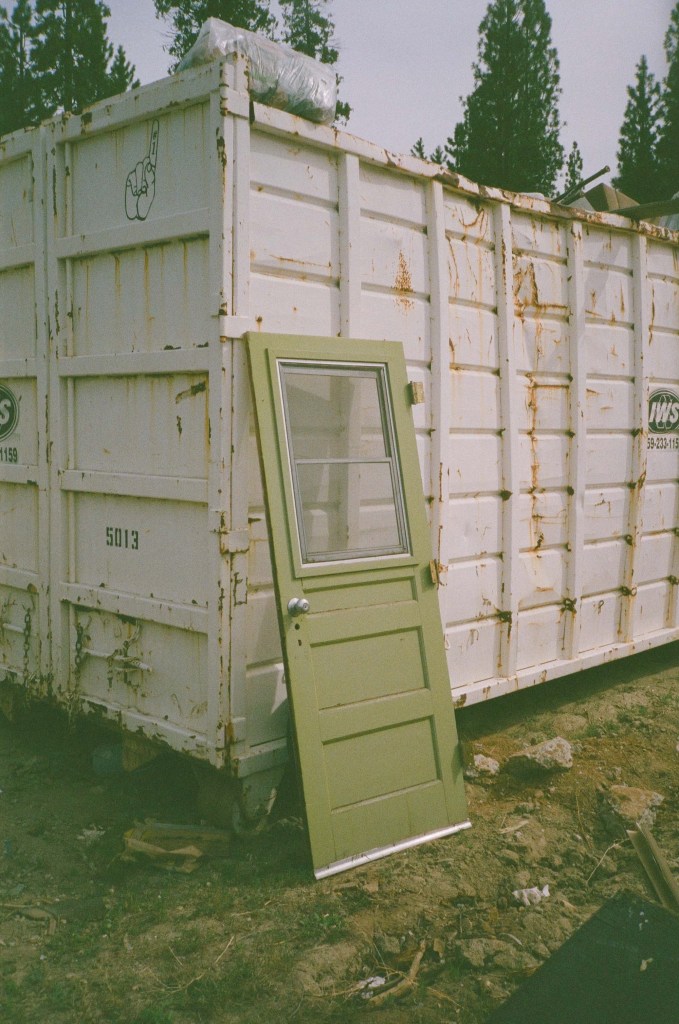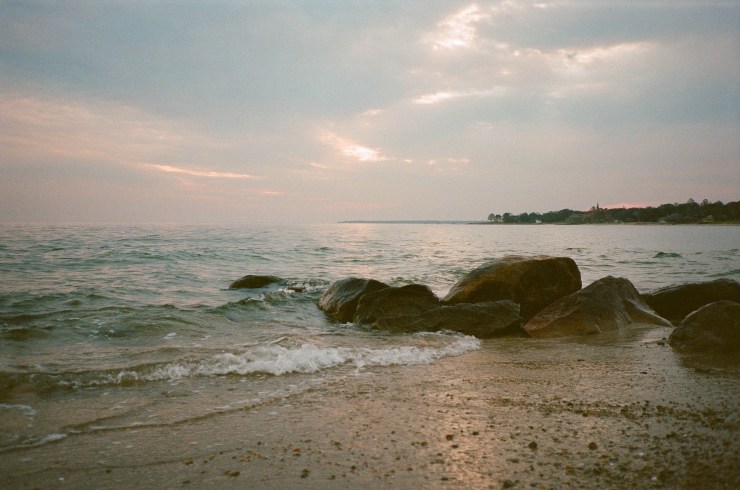
During the pandemic, 21-year-old Luis Gonzalez fell in love with film photography.
Gonzalez, who enjoys taking photos of landscapes, would go and shoot photos for about two or three hours a week.
“It’s the part of not knowing what your shot looked like, until you get your scans back, that makes it special,” Gonzalez said.
But with more budding photographers becoming invested in film, demand has surged, causing prices to skyrocket and leaving film manufacturers struggling to keep up with the renewed interest. Some cameras are now up to five times the cost they were four years ago, while some film rolls have more than doubled in price since the pandemic.
A five-pack of Kodak Portra 400 color film that cost about $45 right before the pandemic now costs upward of $80 at some retailers.
Rising prices have made it harder for film photographers to pursue their hobby, forcing people like Gonzalez to put it on hold.
“I haven’t bought film lately specifically because it’s so expensive right now,” said Gonzalez, who’s a student at Eastern Connecticut State University.
But there is a silver lining: The Eastman Kodak Co. announced on Twitter in October that it’s hired more than 300 people over the past 18 months to handle the rising demand for 35 mm film, and that it’s aiming to hire even more workers.
“Like waiting for Christmas to open presents”
Thirty-five millimeter film has been an enduring format for decades, with the first 35 mm camera becoming widely available to the public in 1913. But film’s popularity declined in the aughts, with Kodak announcing in 2004 it would end production of 35 mm cameras.
In the United States, sales dropped from 800 million rolls in 1999 to 20 million by 2011, according to Photo District News.
More recently, however, this old-school format has experienced a rebirth.
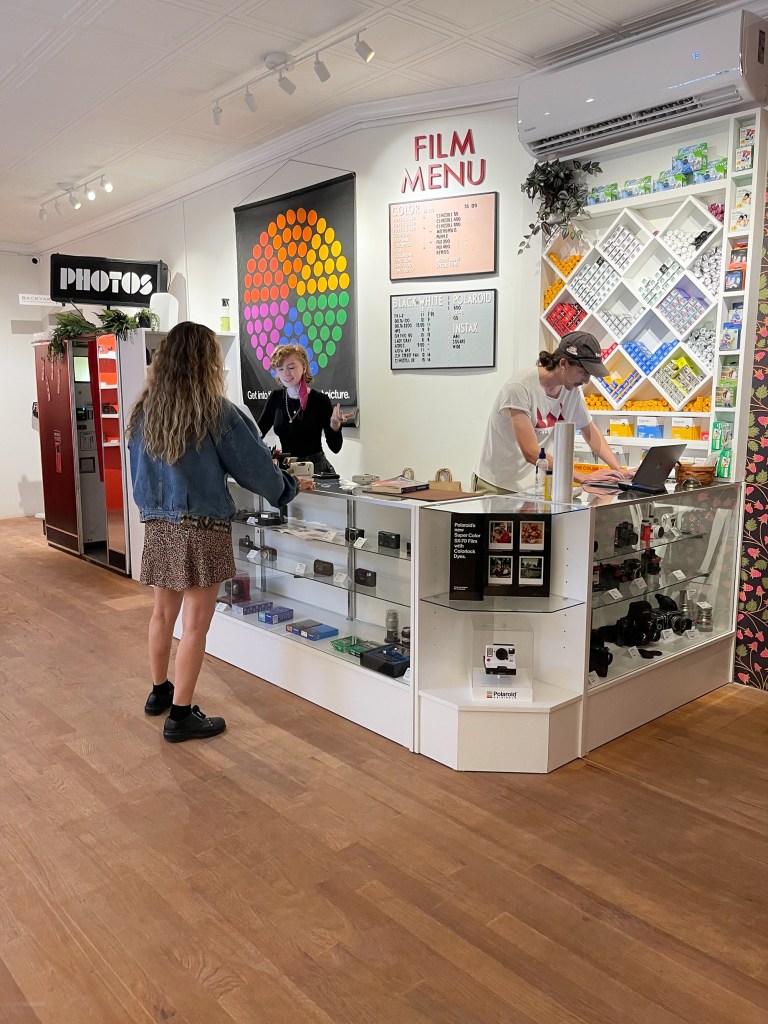
Over at The Darkroom, a film development lab, there’s been a 20{9141b9fb46ef1fe08e850cdf18333f9b19cbfd00ac04c9f49c95b0632da46ee3}-plus annual increase in 35 mm film being processed, starting around 2018, according to co-owner Phil Steblay.
Other film manufacturers aside from Kodak include Ilford, which specializes in black and white film; the Austria-based Lomography; and Fujifilm, said Ben Fraternale, creative director and partner at Brooklyn Film Camera and the host of the YouTube channel In An Instant.
He noted that there’s also been an increase in companies producing new, entry-level 35 mm cameras.
Target recently released a new 35 mm camera called heyday, while Leica rereleased its 35 mm M6 rangefinder camera, which had been discontinued two decades prior.
The film photography resurgence kicked off around 2016, gaining more momentum during the COVID-19 pandemic, Fraternale said.
Many people, like Gonzalez, decided to pick up photography as a hobby during the pandemic due to lockdown measures. YouTube and TikTok photography tutorials have also helped encourage a new generation of photographers to pursue the format.
In a twist of irony, the limitations of film photography — the inability to immediately see the finished product, the finite amount of photos allowed on a film roll — have now become some of its greatest advantages.
The anticipation, the suspense that comes with waiting for the photo to develop makes the process that much more compelling for photographers like Gonzalez and Steblay.
“I don’t ever have my film developed and printed and scanned right away. I usually wait a month or two. It’s kind of like waiting for Christmas to open presents,” Steblay said.
Steblay also noted that the process is tactile and immersive. There’s handling the film. Loading the film into the camera. Adjusting the camera’s settings.
The entire process forces photographers to be conscious of the choices they make, especially due to the limited number of exposures on a roll.
Gonzalez said he thinks this adds to the meaning of each photo you take. “It makes your shots that much more important because you really have to focus. You really have to make sure the lighting is right, make sure the shadows look OK,” he said.
Thirty-five millimeter, compared to other film formats, also hits the sweet spot: It’s the easiest one to use, Steblay said, and 35 mm cameras are easier to carry around than medium-format cameras that use 120 mm film.
There are certain qualities associated with 35 mm film that photographers would agree upon. “A lot of people immediately think of the grain that you get in film, the sort of imperfections that you get in film,” Fraternale said.
For him, what makes 35 mm film unique is the range of light that gets captured on film. “There’s sort of an indescribable beauty,” he said.
Julia Fragomeni, a 25-year-old Boston resident, likes the effect that 35 mm film creates, enabling her to take photos without having to make extensive edits.
Fragomeni took a darkroom photography class in high school, but didn’t start taking it seriously until around 2019, deciding she wanted to document trips she took.
She’ll take photos of everyday life — from moments with her family or scenery during walks around the neighborhood.
One of the proudest photos she took was amid a family emergency, when she impulsively bought a camera to cope with the ordeal and snapped a photo of her younger sibling asleep on a pull-out couch in the living room.
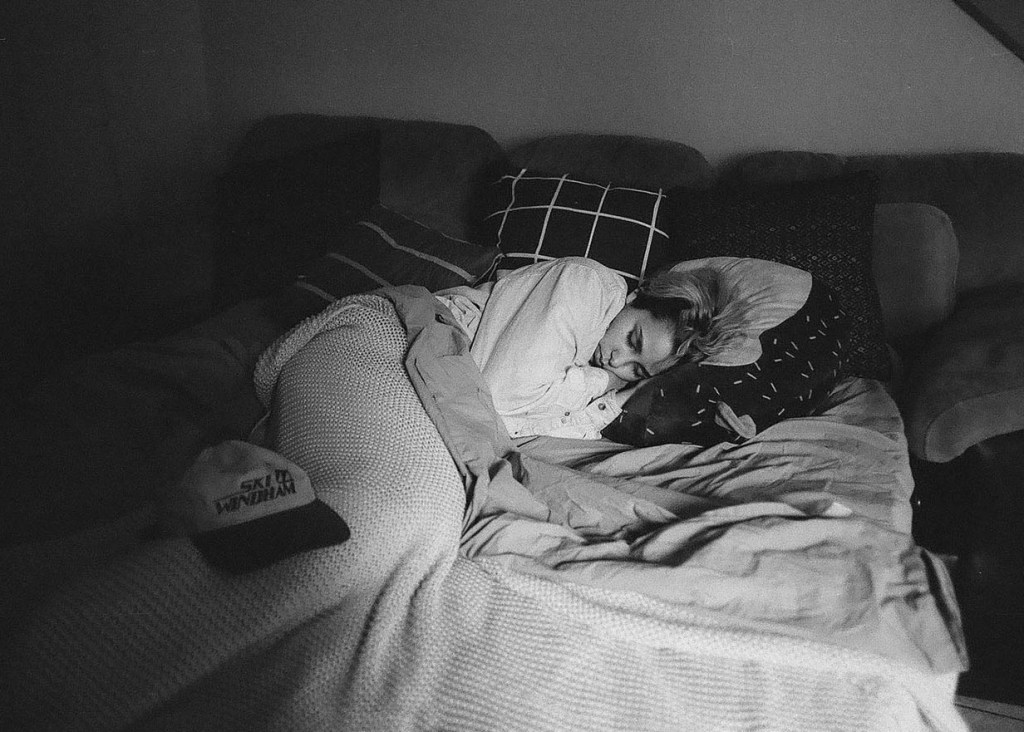
“I just love looking at it. Because it is a moment that is not the best moment of my life,” Fragomeni said. “But at the same time, I kind of made something beautiful out of it at least.”
Fragomenti, who’s currently a retail manager, said she eventually hopes to make enough money off of photography to survive off of it. In the upcoming year, she’s shooting a wedding and — fingers crossed — would love to make a zine about her hometown: DeLand, Florida.
Gonzalez also enjoys taking photos around his neighborhood, snapping pictures of buildings and cars. He stumbled upon one of his favorite shots when he went to the beach, spotting a satchel with flowers in it.
“I’m really happy that I was there,” Gonzalez said. “In my head, I was like, ‘Hey, someone’s here and they’re waiting for their partner with flowers. Some romantic stuff was going on.”
Cross-generational appeal
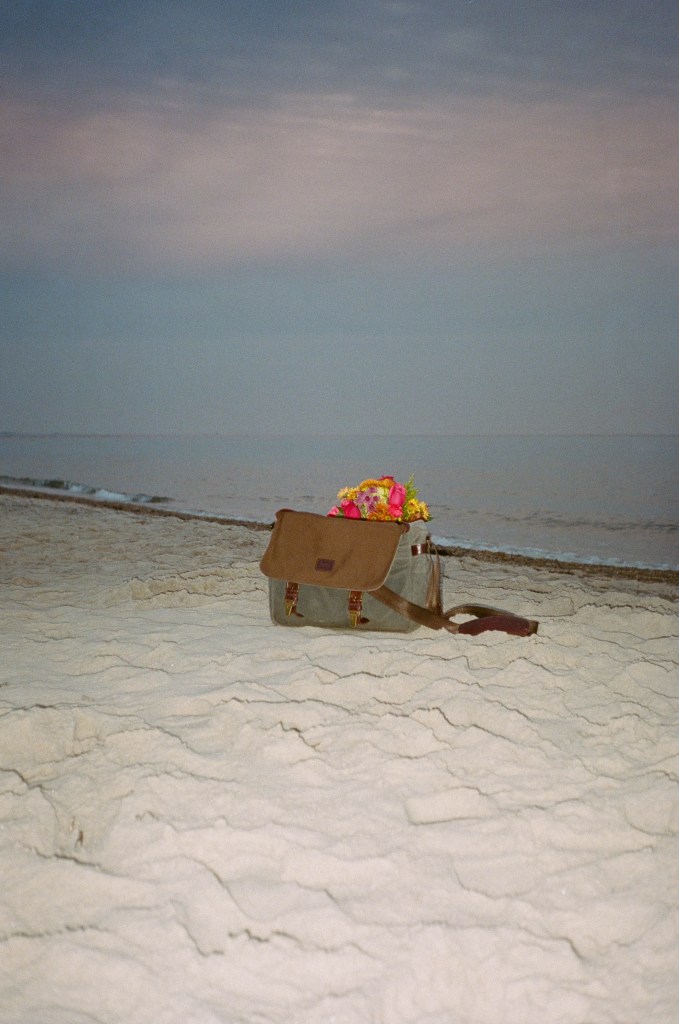
Many millennials and Gen-Zers grew up with film photography, right before digital became the format of choice and dominated social media feeds.
When Fragomeni first got into photography, she said she went through old family photos, which were taken using disposable cameras or old film cameras. She explained that she thinks part of the renewed interest in 35 mm is being fueled by people trying to recapture a sense of nostalgia, memories of their childhood.
“It’s just kind of that desire to have something back from when you were younger,” she said.
Meanwhile, there are many Gen Zers who are completely unfamiliar with a time when film photography was the norm.
But Steblay said he thinks the growing interest in film photography isn’t just fueled by younger people discovering film for the first time — older generations who switched to digital 15-20 years ago are now bringing out their film equipment and rediscovering their love of film.
Steblay said he thinks that’s partly because of the community that’s developed around film. Spot someone with a film camera around their neck, and you can instantly fall into a conversation with them, he said.
That sense of community is important for The Darkroom, which sponsors a group called Beers and Cameras that hosts meet-ups for photographers and videographers. That ethos, that emphasis on community, is also integral to Brooklyn Film Camera’s approach to photography.
“We work a lot with the community, doing photo walks and gatherings, and making sure we are a home, essentially, for the film photo community as well as a retailer,” Fraternale said.
The economics of the 35 mm film market
A three-pack of 35 mm film from Fujifilm, which cost about $19 last year at Walmart, currently retails for $23.
Other rolls have undergone even steeper price increases.
Last year, you could get a roll of Kodak Color Plus 200 for maybe around $6 to $8 a roll, Fraternale said. The same roll now retails for about $17 to $20.
“That is a consumer-grade film that is supposed to be a lower-cost option. And just because of the changes of demand, and the lack of supply, it’s suddenly more than doubled in price — a price that doesn’t make sense,” Fraternale said.
The price of cameras has also risen: Fraternale said cameras that cost $500 four years ago might now retail for $2,500.
Gonzalez said he purchased his first film camera, the Pentax K1000, for $89 back in 2020. On eBay, a pre-owned model is listed for as high as $270.
In a way it’s Economics 101: With supply failing to meet demand, the price of both 35 mm cameras and film have risen.
But the supply-and-demand curve this time around is different than it was prior to digital’s reign. Although demand is higher than it’s been in recent years, it hasn’t reached the apex of where it once stood, leaving film manufacturers trying to recalibrate their production levels.
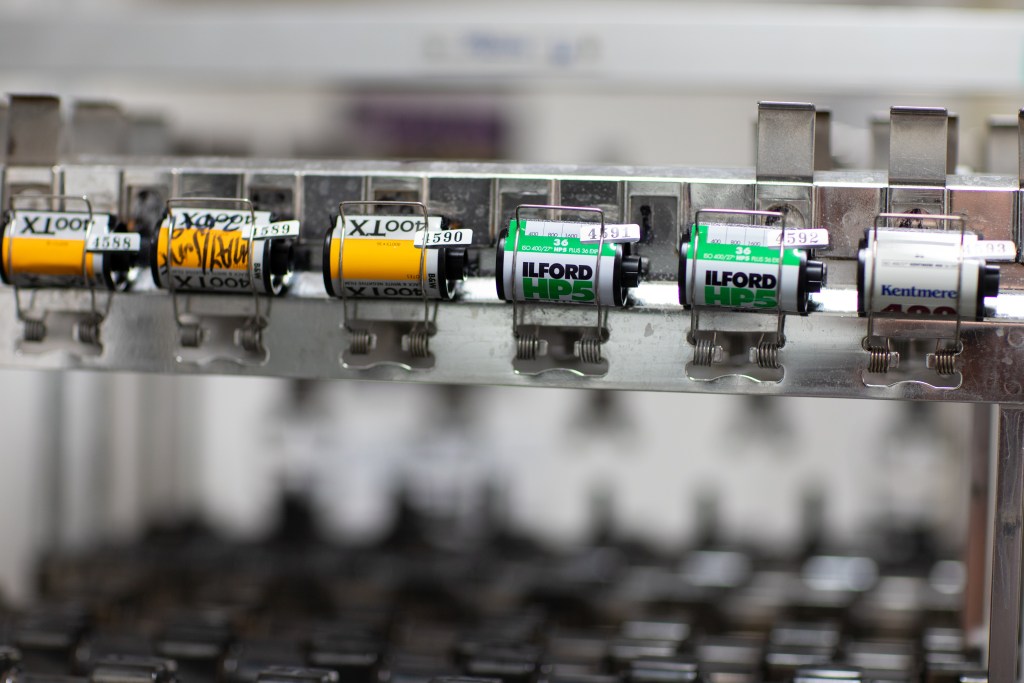
“Film’s decline, because of digital, caused a lot of contraction in the manufacturing side of the business,” Fraternale said. “And then this sudden rise of popularity is, of course, nowhere remotely near where demand was in the past, as it was the primary medium. But now companies are struggling: ‘How do we scale for the current demand?’ And this sort of rescaling issue is really the main thing that manufacturers have to figure out.”
Manufacturing film also takes extensive technical experience and knowledge. “It can be hard to train engineers and you have to repair the machines,” Fraternale said. “And there are a lot of specialty things that go into producing film. It’s like a photochemical miracle that it even exists.”
Phil Steblay of The Darkroom said many of the factories that produced photographic film have shut down, comparing the business of film photography with the vinyl record industry.
“There’s been a huge resurgence in vinyl music demand. But they don’t have the equipment anymore to make it, they don’t have the capacity,” he said.
But as production for 35 mm film ramps up, with Kodak announcing new hires, Steblay said he thinks prices might decline over the next few months.
Julia Fragomeni said she hasn’t cut back that much on photography, but she does wait a bit longer to send out her film to be developed due to shipping and handling costs.
“It’s definitely an expensive hobby,” she said.
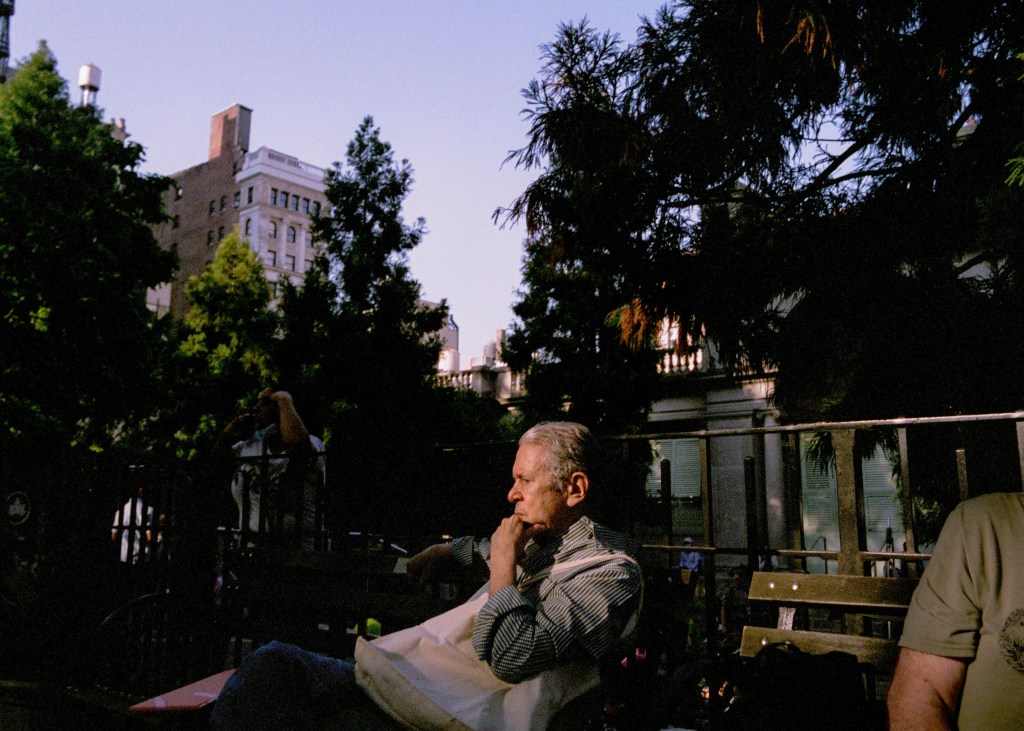
But she said that while the rising prices aren’t ideal, she’s glad more people are taking an interest in 35 mm film. One of the reasons she momentarily stopped taking photos after high school was because she found it difficult to get her photos developed, a process she thinks has now become easier.
“It is really cool now to have it be so accessible, and to see people on the street with the same camera I have or a camera I used to shoot with,” she said.
Gonzalez said during the pandemic, he dreamed of eventually owning his own camera shop. But for right now, to help earn a source of income and afford the price of film, Gonzalez said he’s hoping to put together a portfolio of his work and become a freelance photographer.
“I like photography, because it’s capturing a moment in time wherever you are,” he said.
There’s a lot happening in the world. Through it all, Marketplace is here for you.
You rely on Marketplace to break down the world’s events and tell you how it affects you in a fact-based, approachable way. We rely on your financial support to keep making that possible.
Your donation today powers the independent journalism that you rely on. For just $5/month, you can help sustain Marketplace so we can keep reporting on the things that matter to you.
